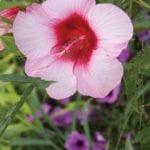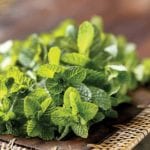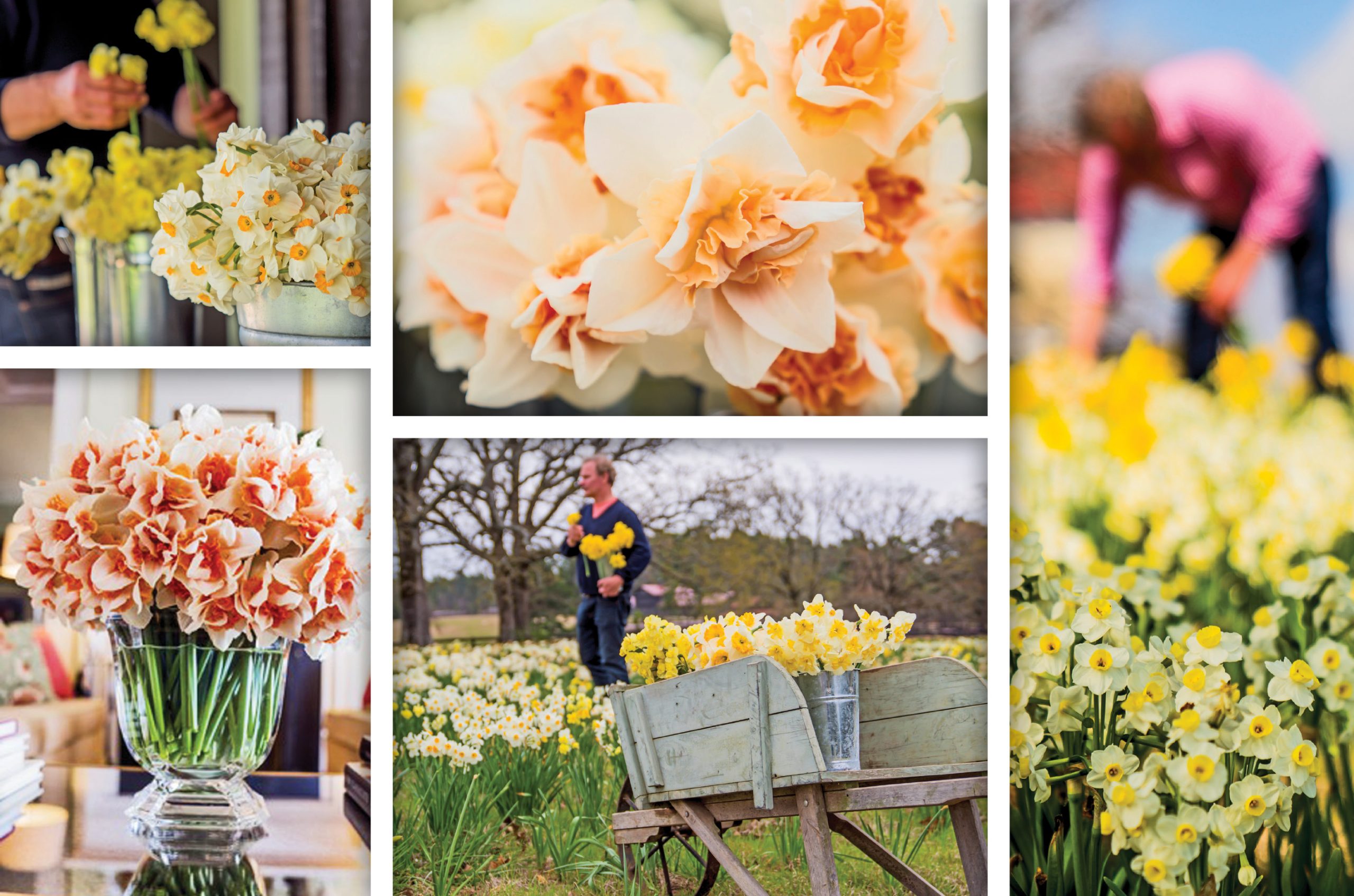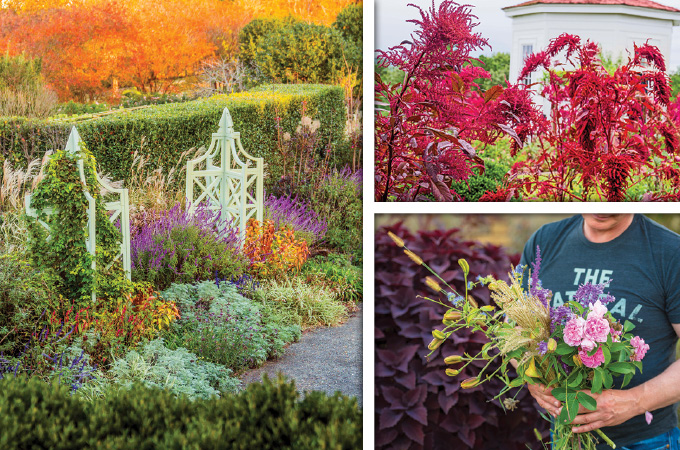grow your own garden
I just love a soothing cup of herbal tea, particularly when I’ve grown some of the herbs myself, which is so easy to do! Whether you grow them in containers or raised beds, there are many aromatic and flavorful varieties from which to choose. Just situate your tea garden close to the kitchen so you can harvest your herbs while the water boils.
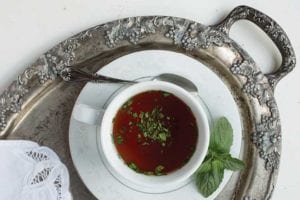
To brew herb tea, you can use dried or fresh herbs. Dried will last longer and are a little more potent, while fresh herbs generally taste more vibrant. For dry herbs, bundle your harvest by the stems with twine and hang the bunches upside down to dry, out of direct sunlight.
The amount you should use depends on how strong you want your tea. If using crushed, dried herbs, start with 1 teaspoon per cup of hot water. If you’re using fresh herbs, triple that amount. The real key to brewing the perfect cup of tea is water temperature and infusion time. The darker the leaf of the herb, the hotter the water needs to be. Start with your water around 200 degrees and steep for 4 to 5 minutes. Just experiment until you find what suits your palate.
my faves:
calendula» Referred to as ‘pot marigolds,’ these grow well in containers. They are annuals, easily grown from seed. To ensure a long flowering season, pick the flowers every few days.
hibiscus» These flowers lend a tart flavor and beautiful color to teas. Use flowers that are fully open. Remove the stamen and rinse the petals before using the flower. Hibiscus requires plenty of direct sunlight and prefers rich, fertile, loamy soil that is well-drained and moist.
lemongrass» Just tear off a leaf and bruise it to release a wonderful lemo
ny flavor—it’s so refreshing. Lemongrass thrives in full sun, even in the hot South. It also needs rich, well-drained soil.
lavender» This is perfect for a calming, aromatic tea, and the fragrance always reminds me of the English countryside. In my humid, mid-South garden, I’ve had the most success with a lavandin called ‘Provence.’ Lavenders thrive in growing conditions similar to their native habitat along the Mediterranean coast. They prefer moist, cool winters and hot, dry summers. Well-drained soil and a full day’s sun are also essential for robust plants and plentiful blooms. In the humid South, try Spanish or French lavender.
mint» For a refreshing and uplifting flavor, go with peppermint or spearmint. Or try a mint with a twist, like chocolate or sweet mint. Mint can spread like wildfire, so one way to keep it from taking over is to plant in a container and then put the container in your garden bed. This will keep the roots contained. A plus with mint: it helps soothe an upset stomach.
stevia» There is a good reason stevia is commonly known as sweetleaf. It
s dried leaves are 10 to 15 times sweeter than sugar! Just dry and crush the leaves before using as a sweetener. It’s best to plant stevia in late spring or early summer when all danger of frost has passed. The plant is finicky a
bout soil drainage; excess moisture, especially right after planting, is the kiss of death. The roots are shallow, so apply a layer of mulch or compost on top of the soil to keep them from drying out.
lemon thyme or lemon verbena» These brighten and complement many other flavors. Lemon thyme also can double as a groundcover—make sure it has well-drained soil.
P. Allen Smith is an author, conservationist, and TV host of Garden Home on PBS and Garden Style (check your local listings). He uses his Arkansas Home, Moss Mountain Farm, to promote the local food movement, organic gardening and the preservation of heritage poultry. For tours of the farm, visit pallensmith.com/tours.
Photo: Kelly Quinn






